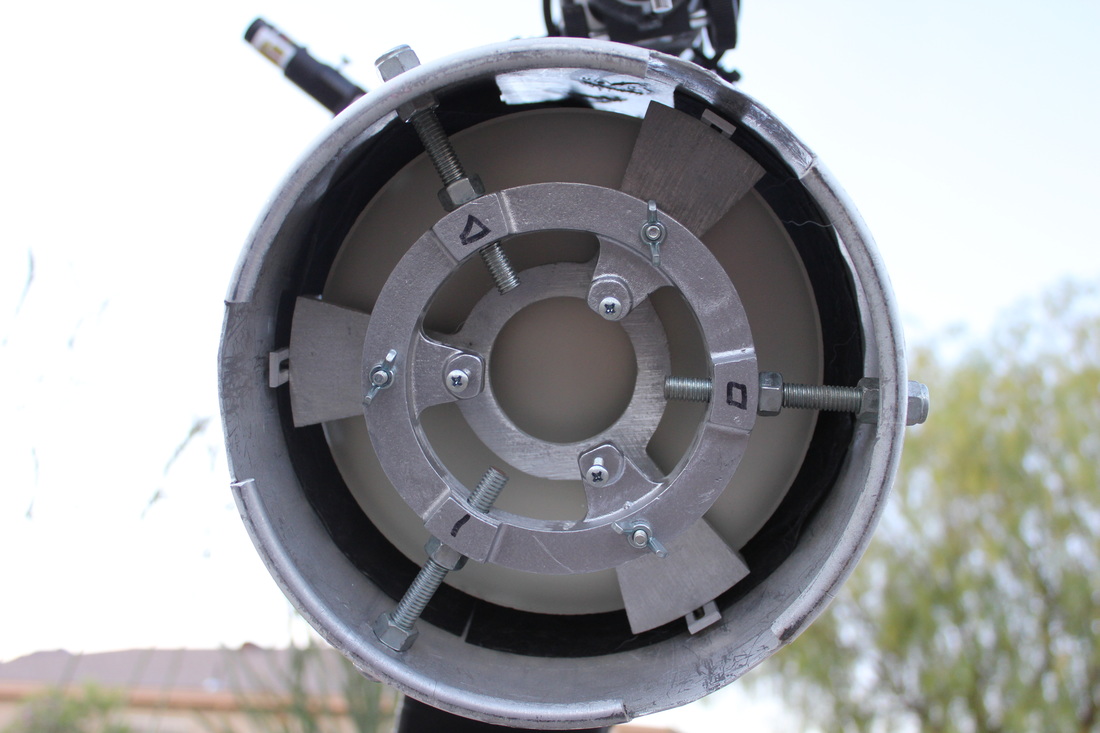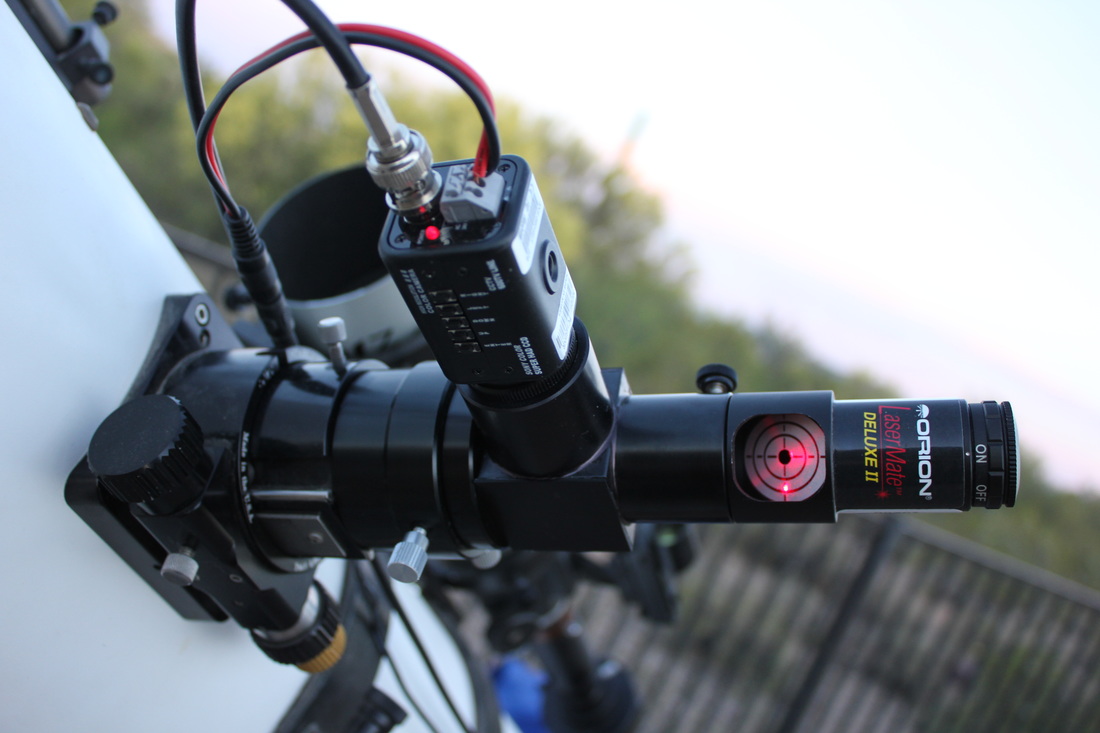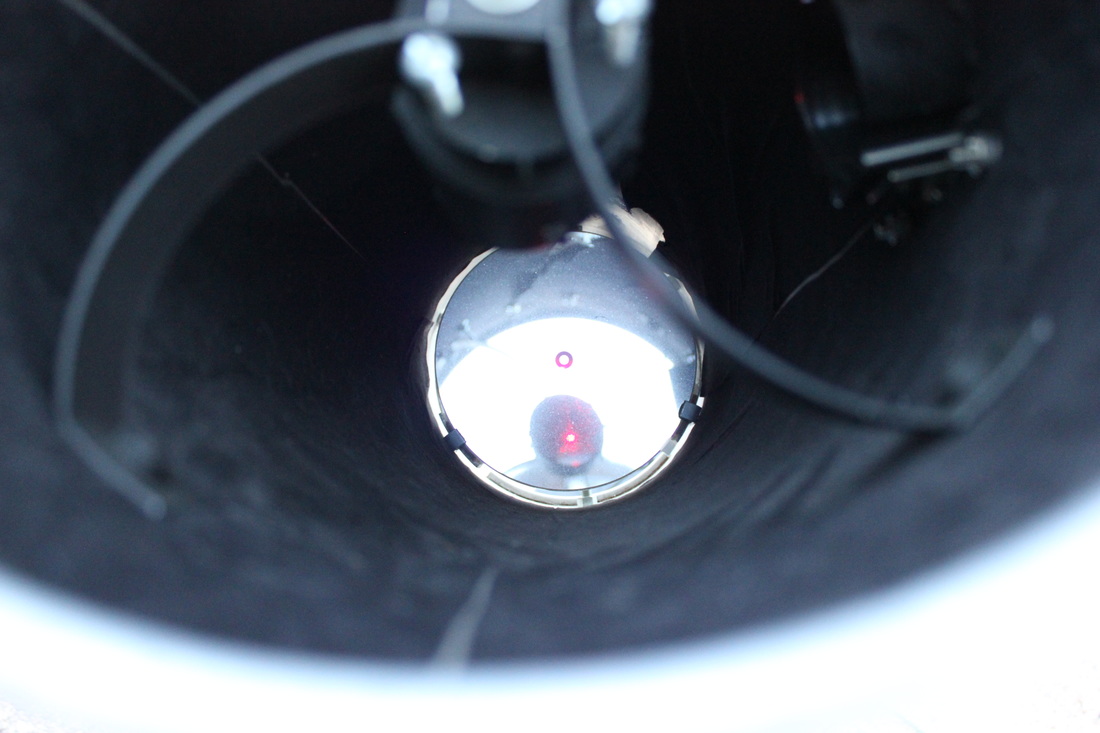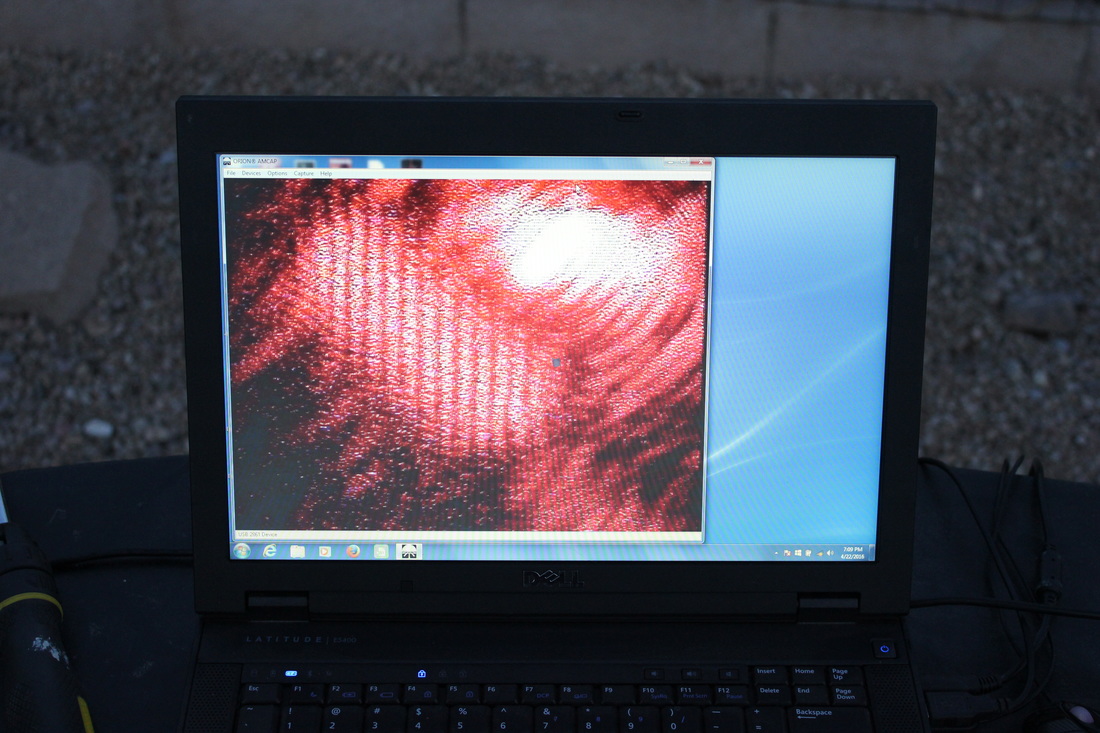1 Comment
|
Author
I have been excited about space since I was young, and have been involved in astronomy for over 20 years. I have built 4 of my own telescopes and continue to design and experiment with new instruments and accessories. Archives
October 2016
Categories
|




 RSS Feed
RSS Feed